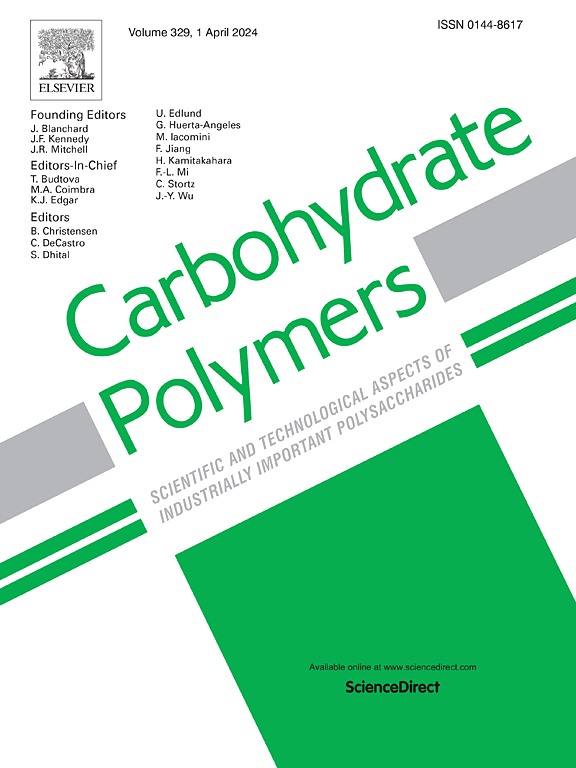小麦抗性淀粉低血糖指数食品的研究进展
IF 10.7
1区 化学
Q1 CHEMISTRY, APPLIED
引用次数: 0
摘要
随着人们越来越认识到GI食品在控制2型糖尿病和缓解氧化应激方面的健康益处,富含抗性淀粉(RS)的小麦类低GI食品正成为日常饮食中精制谷物的一个有希望的替代品。本文综述了RS对健康的益处,深入研究了RS的类型、特征以及其抗水解的机制。为了增强RS的功能,各种改性技术——包括化学、酶、物理和组合方法——已经被探索,以增加RS在小麦食品中的含量,同时改善其感官属性。此外,在低gi食品配方中加入植物化学物质和其他天然提取物已被证明具有增强营养和感官特性的潜力。本综述还研究了低gi食品的市场趋势,确定了工业制造过程中的主要挑战。通过解决这些问题,本工作旨在支持未来的研究,并指导低gi小麦食品标准的改进。本文章由计算机程序翻译,如有差异,请以英文原文为准。

Development of low glycemic index food products with wheat resistant starch: a review
With the growing recognition of the health benefits associated with GI foods in managing type 2 diabetes and alleviating oxidative stress, wheat-based low-GI foods enriched with resistant starch (RS) emerging as a promising alternative to refined grains in daily diets. This review provides a comprehensive overview of the health benefits of RS, delving into its types, characteristics, and the mechanisms underpinning its resistance to hydrolysis.
To enhance the functionality of RS, various modification techniques—encompassing chemical, enzymatic, physical, and combinatory approaches—have been explored to increase RS content in wheat-based foods while improving their sensory attributes. Additionally, the incorporation of phytochemicals and other natural extracts into low-GI food formulations has demonstrated potential to enhance both nutritional and sensory properties.
This review also examines market trends for low-GI foods, identifying key challenges in industrial manufacturing processes. By addressing these issues, this work aims to support future research and guide the development of improved standards for low-GI wheat-based food products.
求助全文
通过发布文献求助,成功后即可免费获取论文全文。
去求助
来源期刊

Carbohydrate Polymers
化学-高分子科学
CiteScore
22.40
自引率
8.00%
发文量
1286
审稿时长
47 days
期刊介绍:
Carbohydrate Polymers stands as a prominent journal in the glycoscience field, dedicated to exploring and harnessing the potential of polysaccharides with applications spanning bioenergy, bioplastics, biomaterials, biorefining, chemistry, drug delivery, food, health, nanotechnology, packaging, paper, pharmaceuticals, medicine, oil recovery, textiles, tissue engineering, wood, and various aspects of glycoscience.
The journal emphasizes the central role of well-characterized carbohydrate polymers, highlighting their significance as the primary focus rather than a peripheral topic. Each paper must prominently feature at least one named carbohydrate polymer, evident in both citation and title, with a commitment to innovative research that advances scientific knowledge.
 求助内容:
求助内容: 应助结果提醒方式:
应助结果提醒方式:


